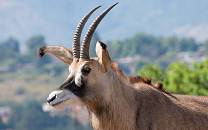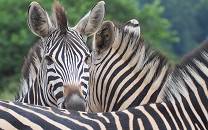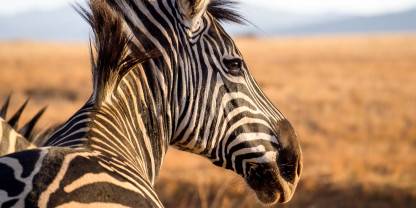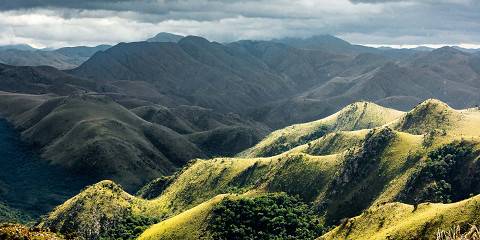Mlilwane Wildlife Sanctuary is located just outside the hustle and bustle of the Ezulwini Valley. There are many places to stay within the small reserve, but it is also a popular day-visitor destination for locals and tourists alike. No dangerous animals reside on the property, and there are lots of activities available.

-
Best Time To Go
- May to September (Dry season)
-
High Season
- Dec to Jan and Jul to Aug (It never gets very busy)
-
Size
- 46km² / 18mi²
-
Altitude
-
680-1,474m /2,231-4,836ft
 View Photos
View Photos
 View Photos
+24
Photos
View Photos
+24
Photos
Pros & Cons
- Low-key, affordable family-friendly destination
- Several accommodation options, including self-catering and camping
- Restaurant and barbeque areas for overnight and day visitors
- Self-drive allowed
- Safari drives, guided walks, horse riding and mountain biking available
- Not many large safari animals present
- All animals have been introduced
- Small reserve with small game-drive circuit
- The environment is compromised by invasive vegetation
- Lack of wilderness appeal
- Busy with day visitors
Wildlife
Mlilwane is not a place to see big safari animals. Hippo and crocodile can usually be seen at the main dam, and at the waterhole in front of Main Camp. Zebra, blue wildebeest and blesbok love the grassy plains, while greater kudu tend to stick to the patches of forest. Warthog, impala and nyala like to hang out in the camp area.
More about Mlilwane’s wildlifeScenery
All tourist facilities and roads are in the south of the reserve. Here, open grassland savannah plains stretch to the striking Nyonyane Mountain, with its exposed granite peak known as Execution Rock. The north of the reserve is wilder and includes rolling grassland with ravine forests and rocky outcrops. Exotic eucalyptus and wattle forests dating back to colonial times are still a feature in the reserve.
Weather & Climate
Mlilwane has a Wet season (summer) and a Dry season (winter). Summer and winter is experienced at opposite times as in Europe and North America. Due to the higher altitude, temperatures are mild, and the heat never gets extreme. Afternoon showers are common in the humid summer months from October to April, but it rarely rains all day.
More about the weather and climateBest Time To Visit
Since animal movement in Mlilwane is controlled, wildlife viewing isn’t much affected by the seasons. However, some of the small creatures might be easier to spot when the grass is less high in the Dry season months from May to September. At this time, animals are more likely to be found drinking at waterholes as well. August and September, the end of this period, are particularly recommended as it gets a bit warmer, and early morning out in the bush is pleasant.
More about the best time to visit



